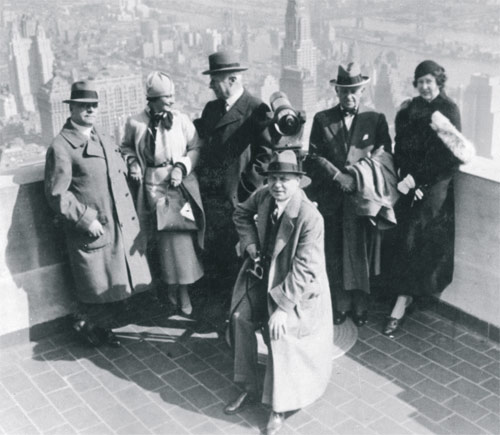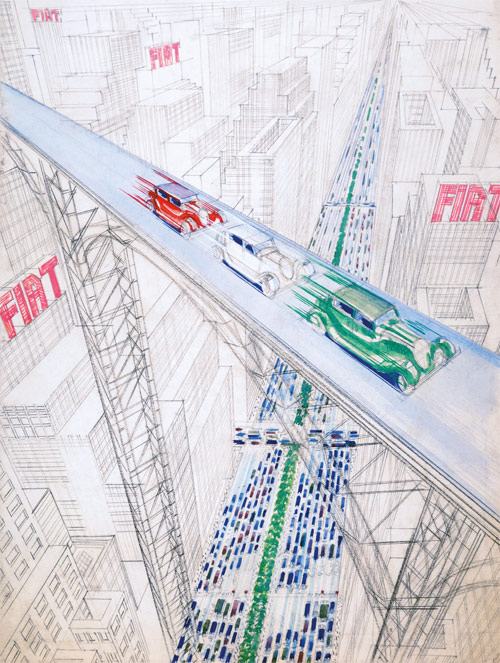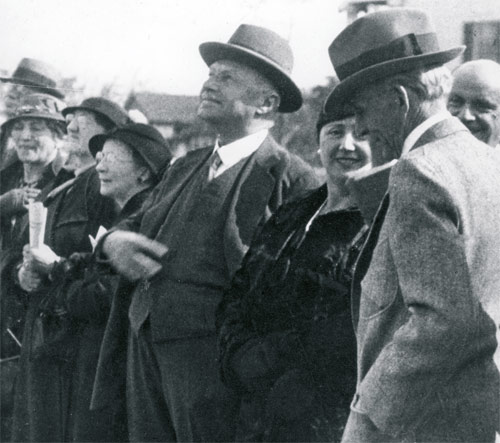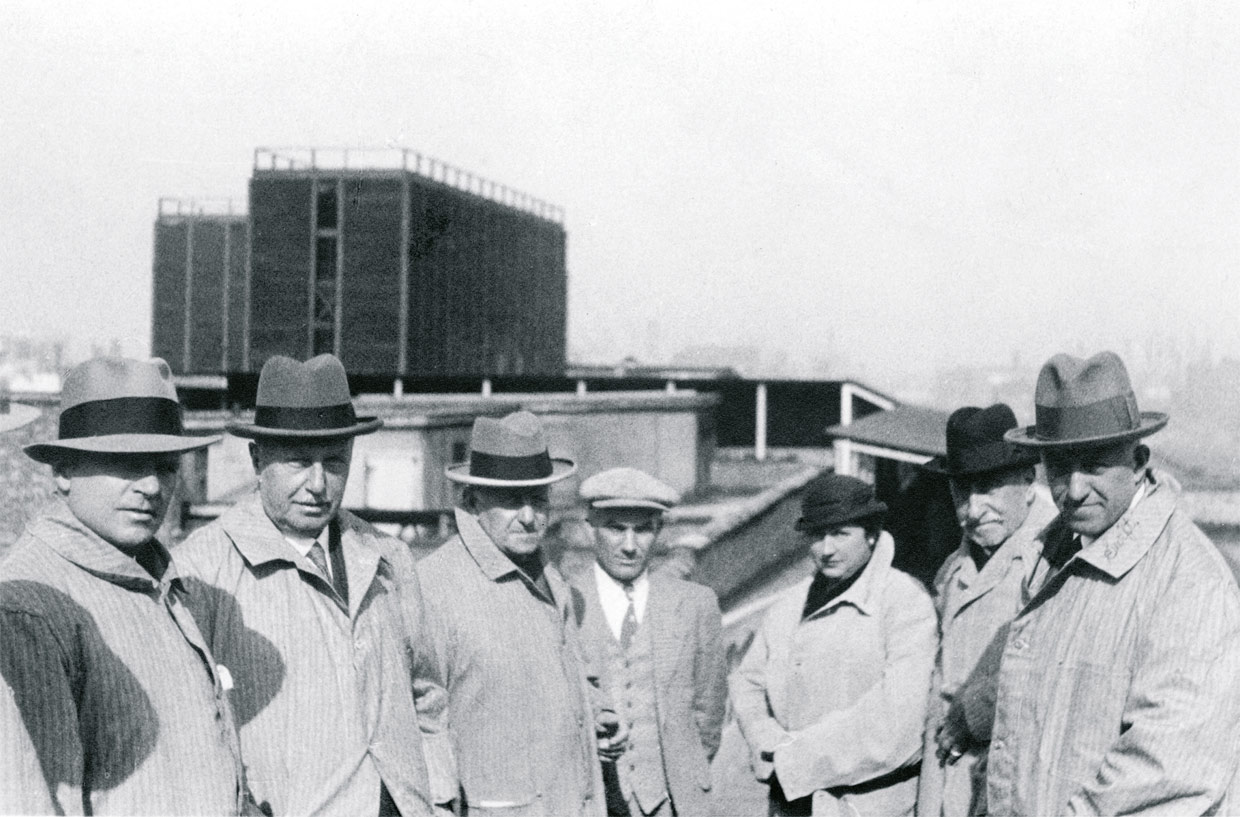The President presented the results of the negotiations in America that he and the Chief Executive Officer conducted with agents Mr. Hollander and Mr. Tangeman, who have pledged to buy an estimated 900 chassis in 1906, 1907, 1908 and 1909, further committing themselves to pay us a premium of 500 lire per car for deliveries made in the timetable set out in the contract.
He also explained that, given the cost of transport and the heavy American excise duty, he and the Chief Executive Officer thought that it might be advantageous to have a Fiat factory in America, and so they began negotiations with the Potter & Johnston Company of Pawtucket, finally signing a preliminary contract valid for 60 days.
Minutes of the Board of Directors meeting,
13 November 1905
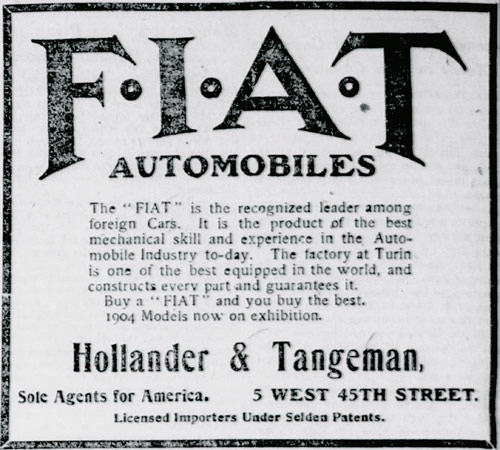
We asked Agnelli: “How can the American automobile industry sell a 35-horsepower car on the Italian market at a price of 8,000 francs?” “At Fiat” he answered, “we produce 3,000-4,000 cars a year, while Studebaker or Ford produce between 150,000 and 200,000!” “But aren’t those cars less well made, with less attention to detail, and cannot compare to yours?” “Of course, their cars are made on the assembly line. Our customers are not yet accustomed to settling for vehicles that can’t withstand prolonged use; moreover, even the smallest pieces have to be polished and nickel-plated. When it comes to our cars, even the smallest details must be perfect – not only on the body but also in the engine and accessories. If we were to put cars on the market like those that are imported from our American competitors, our customers would reject them out of hand. But is it reasonable to conclude that our customers will never be content with cars that are less flashy, but cost half what ours do, as is the case in the United States?”
Louis Bonnefon-Craponne, L’Italie au travail
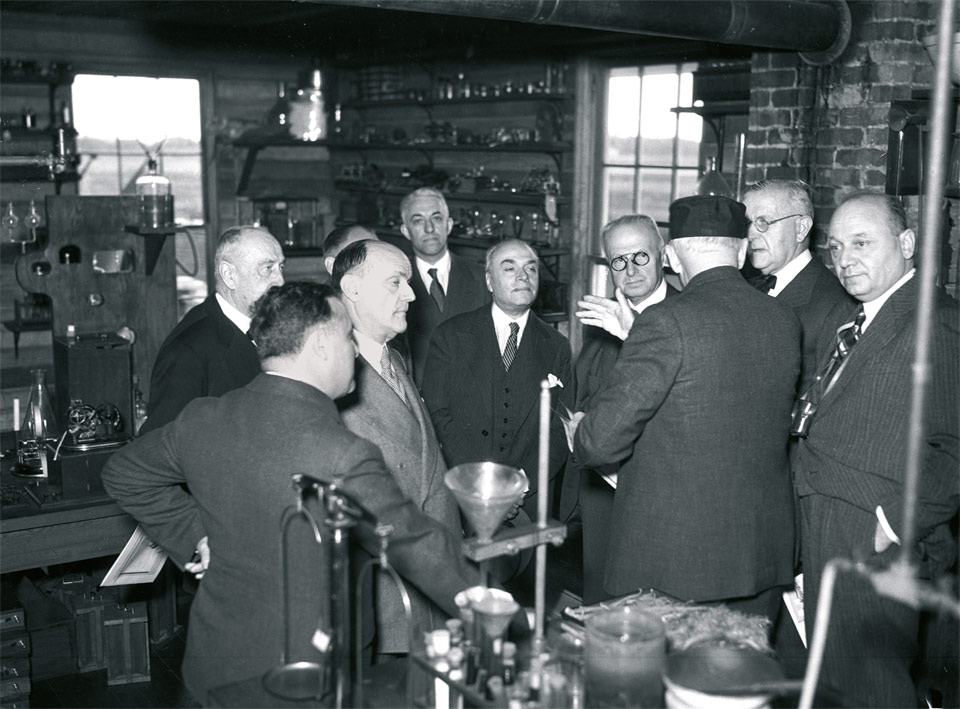
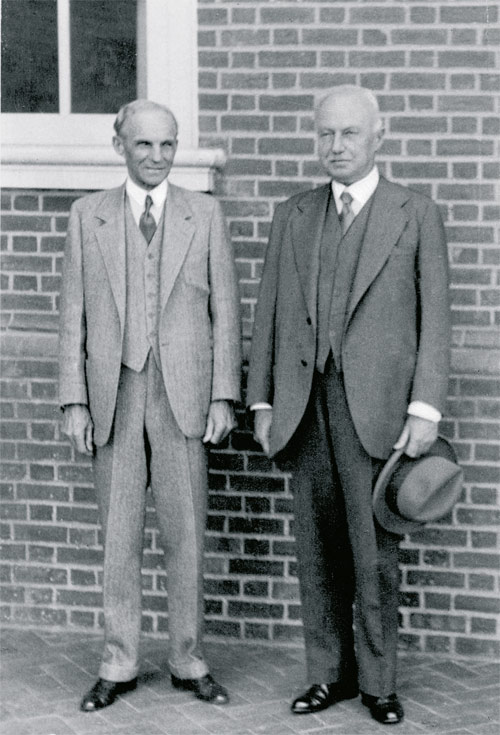
As a great industry, and therefore as practical, widely used means of transport, the automobile originated in America. The North American automobile industry was the first great example of industrial rationalization, a vast field of technical experience.
I have been able to see for myself, visiting some of your largest automobile plants – and during one of these visits I had the pleasure of knowing and talking with Mr. Ford –, the degree of perfection which the development of the American automobile industry has attained. But even before it reached its present development, as long as twenty years ago, I considered it indispensable that our young industry should know and study American production methods. And I will not deny that I attribute large part of the fortunes of our automobile industry to the fact that our engineers and technicians have been able to keep well in touch with your manufacturing progress.
From a radio conference with Giovanni Agnelli,
broadcast in North America, 31 May 1935
